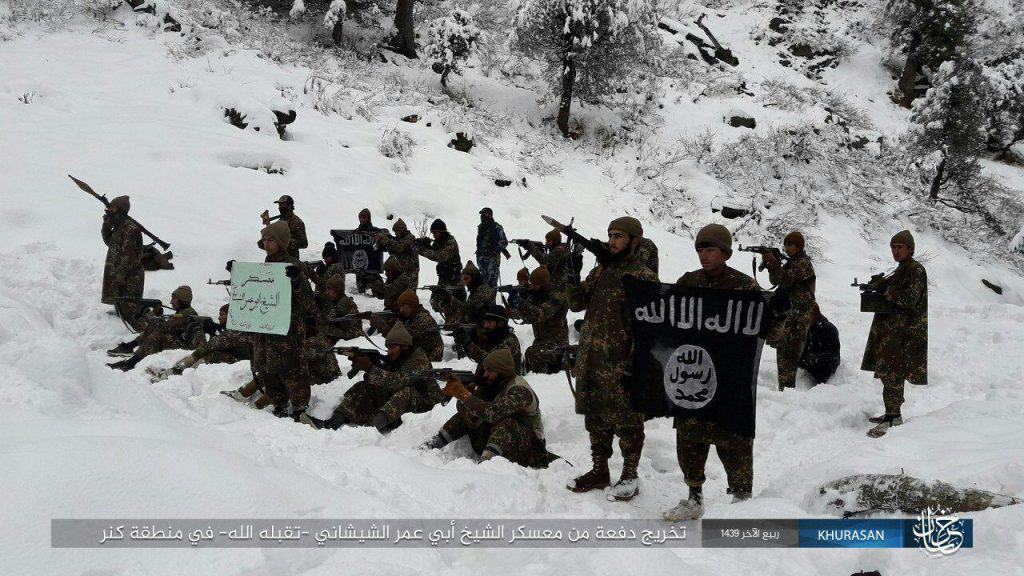
Jihadists detonated three improvised explosive devices (IEDs) in western Kabul earlier today. The Islamic State has claimed responsibility for the bombings, the second attack by its so-called Khorasan province in the Afghan capital in recent days.
The Islamic State’s Amaq News Agency claims that more than 30 Shiites and members of Afghan security forces were killed or wounded as a result of the explosions. Citing its supposed “security sources,” Amaq reported that “the attack was carried out in two stages,” with the first “explosive device” being detonated on or near a bus carrying about 25 Shiites. In Afghanistan, as elsewhere, Abu Bakr al-Baghdadi’s representatives have deliberately and repeatedly targeted Shiite civilians, labeling them “polytheists.” The jihadists seek to stoke sectarian tensions.
The second part of the terrorist operation was executed when “security elements” had gathered around the bus. Two additional explosive devices were detonated at that time.
Amaq’s account is generally consistent with independent reporting. Citing Nasrat Rahimi, a spokesman for the Afghan interior ministry, the Associated Press reported that the bus was “carrying university students in a residential area of western Kabul.” Then, about “20 minutes later,” two other bombs were detonated. At least three journalists were also wounded in the second round of bombings.
Jihadists have long employed this same tactic — first attacking civilians and then striking again after medical and security personnel, as well as the media, have made their way to the scene. It is an effective way for the terrorists to increase their casualty count.
On May 30, an Islamic State loyalist blew himself up outside of the Marshal Fahim National Defense University in Kabul, killing at least six people and wounding others. It was the second time that the Islamic State has attacked the military academy, previously launching an inghimasi raid on it in early 2018.
Elsewhere in Afghanistan earlier today, the Islamic State claimed clashes with militiamen loyal to the Afghan government in Nangarhar province. In one of the attacks, the jihadists reportedly used 122 mm rockets.







